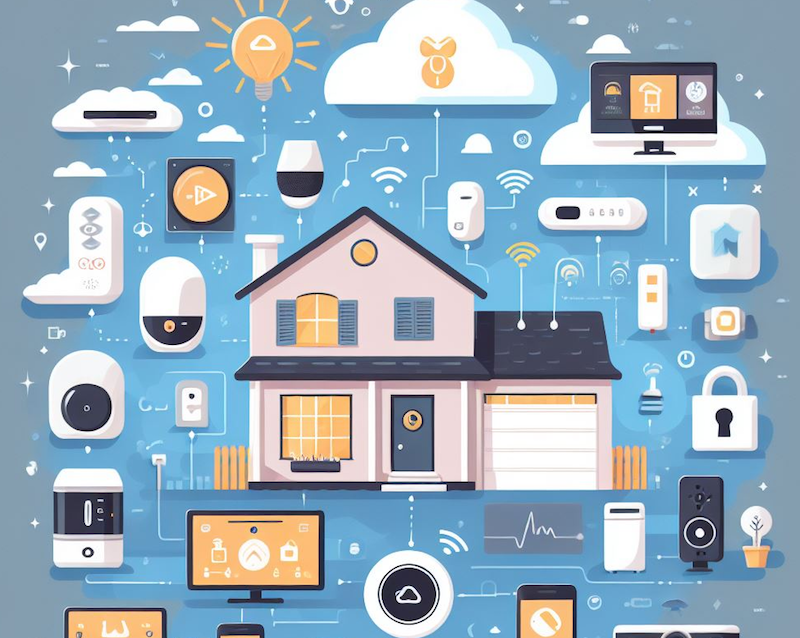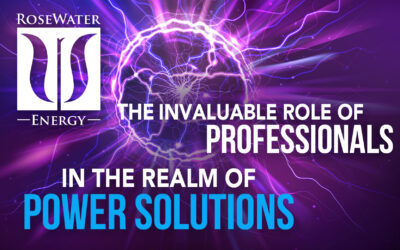Building a Smart Home Foundation with a Proper Network, Wiring, and Power
Written by:
Date published:
Article and Image Credits: Article and images courtesy of Residential Tech Today
Most integration professionals will agree when building a smart home foundation, you must start with a well-designed wiring and cable, home network, and power management infrastructure. While there are certainly flashier technologies available to homeowners, without these essentials, the connected devices that comprise even the most basic smart home are vulnerable to inconsistent performance, outages, and even damage.
To learn more about the foundations of the smart home, RTT reached out to subject matter experts in wiring and cable, home networks, and power management and asked what to consider in a smart home installation.
Smart Home Foundations: Wiring and Cable
It’s a bit of a fool’s errand trying to separate wiring and cable from the home network, as the two are almost always intertwined within a smart home. Case in point: when asked about the importance of wiring and cable, Kordz Managing Director James Chen also referenced home networks.
“While most integrators know that hardwiring a home network is more reliable, stable, and secure than Wi-Fi, it’s likely that many of their customers don’t,” he said. “It, therefore, behooves the integrator to explain to their clients how, like anything of quality in their homes, that [hardwiring] provides a bigger return on investment.”
With this context in mind, Chen said that it is essential to first know which types of smart devices — and how many of them — will require a cabling connection. “If in doubt, run extra cable, as the cost of doing it later will be far greater,” he said. “Also, make sure the cabling you are putting in is compliant with current performance specifications. This can be difficult, given the constant evolution of cabling technologies and standards, so lean on your cabling supplier to help keep you up to speed.”
Chen added that the quality of cable makes a significant difference to the performance of connected systems. Higher quality cable is also usually easier to work with and install, which saves time and keeps customers happy, he noted.
“Look for cable that’s been individually tested and third-party certified or verified,” Chen suggested. “It is so easy for any brand to tell you that they are the best but much harder to do so when they have to prove themselves through independent certification from organizations such as UL, HDMI, HDBaseT, and DPL. Certification is your seal of approval.”
Cody Crossland, VP of sales and marketing for Blackwire Designs, a distributor in the custom installation and Pro AV markets, added that it’s important to think about not just today’s needs but the future, as well, noting that the only way to truly “future-proof” a cable system is to install a pathway (conduit) that allows you to pull more cable or replace cable easily.
“Technology upgrades will happen much faster than changes to the building itself and being able to accommodate those changes easily relieves a lot of stress for both the integrator and the client,” he said.
More specifically, Crossland recommends installing fiber. “Single-mode fiber can easily span 1000 feet, is easy to terminate, and is not susceptible to EMI and lightning,” he added. “Additionally, it is cost effective compared to several higher tiers of copper; a single fiber can support 1GB, 10GB, and beyond.”
Smart Home Foundations: The Home Network
If, as most professionals will contend, wiring and cable is the “backbone” of a smart home, then the home network would be akin to its central nervous system. The first step toward making sure that a home network is up to the task, says Access Networks Director of Sales Jon Peckman, is understanding client needs and expectations.
“Consumer-grade, professional-grade, and enterprise-grade networks all have their place in today’s homes,” he noted. “Establishing expectations will help you choose the right solution for the client. The client needs to understand that as they raise the bar on their home’s capabilities (control, distributed AV, lighting, shades, security, surveillance and all aspects of home automation), choosing a network that can meet those requirements becomes increasing more important. Selecting the right network impacts the entire connected experience.”
Peckman noted that a good place to start is by providing the client with access point layouts and establishing coverage in the home so they have a clear picture of what their coverage will be like, especially in complex construction situations.
Blackwire’s Crossland agreed that “proper planning, proper products, and proper configuration” go a long way to installing a secure and robust network that “just works.”
“The network is the most important thing, and while not ‘sexy’ like a shiny thin TV, outdoor waterslide for the pool, or an impressive granite countertop, if the network goes down, everyone is unhappy,” he said. “Keep in mind that not everyone will watch TV, use the pool, or cook in the kitchen every day, but every single person in the home will use the network, every single day. It must ‘just work’ without issue.”
Crossland makes the case for installing commercial-grade networking gear that offers “category-leading” features and warranties. “Our products from Ruckus and Netgear offer a lifetime warranty in nearly all cases and have unmatched performance capabilities for Wi-Fi and switching. Products that have unique features like multiple WAN and cellular capabilities from Peplink give our integrators and their customers choices they would not otherwise have. The products are only half the battle, so ensure that the cables are correctly terminated with products like Simply45’s offerings and tested to ensure you can receive the maximum capabilities with Fluke testers.”
Smart Home Foundations: Power Management

David Laikind
Last but not least in our smart home foundations list, power quality and power reliability may soon become the most important smart home foundation category due to the increasing inconsistencies of our aging power grid, more occurrence of extreme weather incidents, and the rising use of solar panels.
RoseWater Energy VP of Sales David Laikind noted that power reliability has garnered most of the attention with homeowners, who often resort to generators and more recently battery backup to keep their homes operating during power outages. He contends, however, that black outs and brown outs actually should be the least of their concerns. A lack of consistent power quality is a bigger threat, he says.
“The Internet of Things has transformed our homes into quasi computers,” Laikind explained. “Everything from doorbells and water faucets, light fixtures to refrigerator doors comes with a microprocessor. These devices and myriad others rely on constant and consistent power quality to perform at their optimum levels and provide us with the conveniences they were intended. To achieve this, a home requires a zero transfer online UPS with enough capacity to protect home devices from large electrical transients and feed them with clean, stable, regulated electricity.”
Laikind suggests that integrators should lead a conversation about power management by identifying the client’s short- and long-term power objectives. Are they concerned about managing their grid usage by offsetting consumption with batteries during peak billing times? Is this a frequently unoccupied vacation home that needs reliable power to prevent downtime or damage? Do the owners work from home and need power protection to stay productive? Do the clients place a high value on a wine cellar, a high-end home theater, an automation system?
“By uncovering a client’s lifestyle, expectations, and concerns, the integrator can determine if a single device, a couple of devices, or a whole-home power management system is right,” he said.
Torus Power, led by its president Kevin Main, designs its isolation transformers more specifically to separate audio video and control equipment from powerline noise and distortion. Main says that isolating the entire AV and control system from noise, artifacts, distortion, and harmonics that are present on the voltage line will have the most significant impact on a home’s power quality.
“Too much noise on the powerline robs an AV system of definition and detail — virtues that influence the system’s overall performance,” he said. “Further, artifacts, distortion, and harmonics on the powerline will cause excessive heat to build up in the power supplies of sensitive AV components, which can lead to equipment failure or operational issues with the entire system. By understanding the detriments of dirty, unstable power, integrators are better equipped to take the necessary precautions. By applying appropriate power-quality solutions, they can assure their clients of an AV system that performs optimally and without continual maintenance.
Custom integrator Jason Barth, CEO of The Premier Group in Carmel, IN, says that his company typically recommends a three-pronged approach that can be achieved at a variety of price points.
“The first necessity is proper surge protection for all system components,” Barth said. “This can entail either a simple surge-protected outlet behind a TV, or a component-based surge protector in an equipment cabinet or rack. We sometimes complement this with an online double conversion UPS for ‘perfect’ 120V/60Hz power 24/7. This is not considered an optional item, but a highly recommend item for the main IT equipment, including the network, whole-house control processor, and surveillance systems. This approach, including the UPS, mitigates lockups caused by very quick brownouts and voltage sags or spikes. Lastly, we specify the appropriate…IP power management device to enable remote reboots of virtually any component on the system. This combination of products has proven extremely valuable to our service team.”




